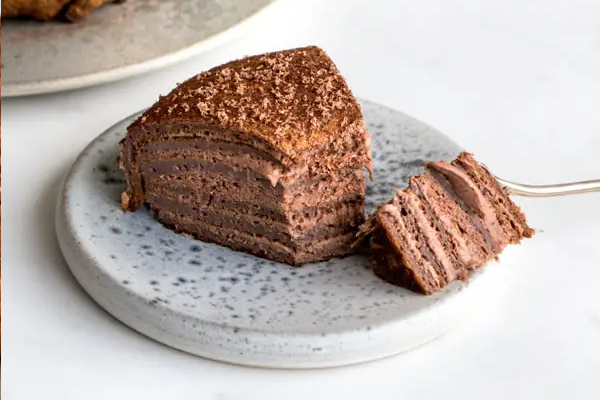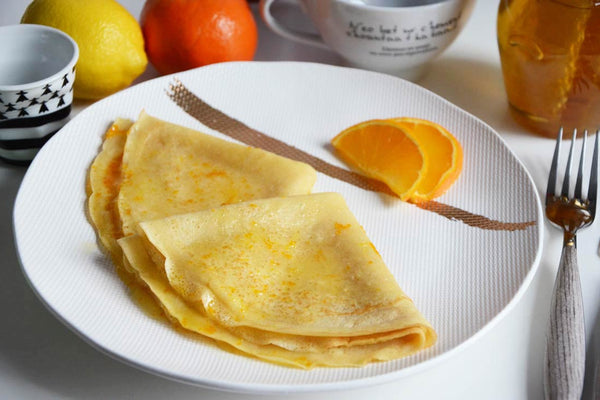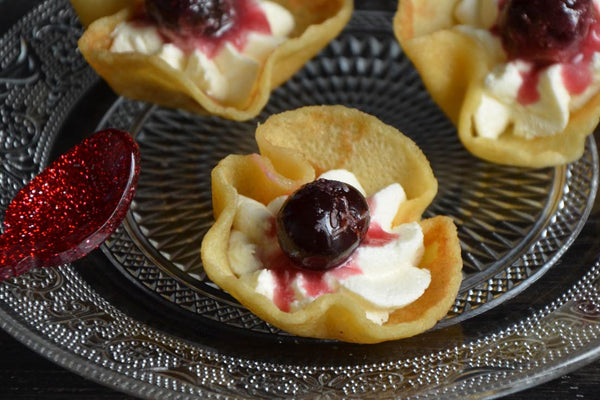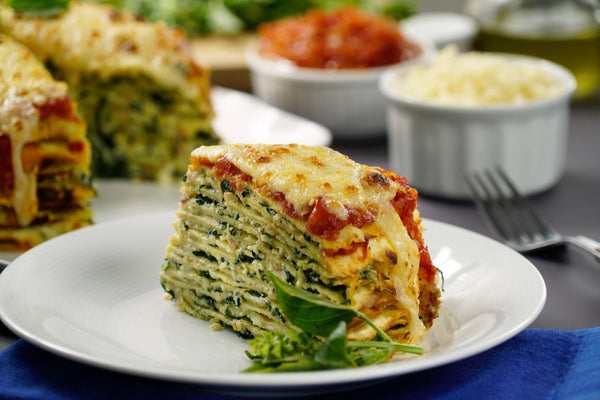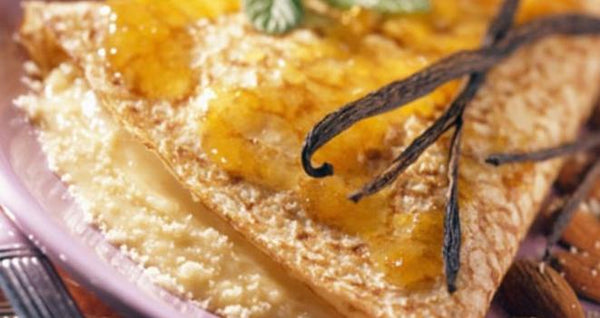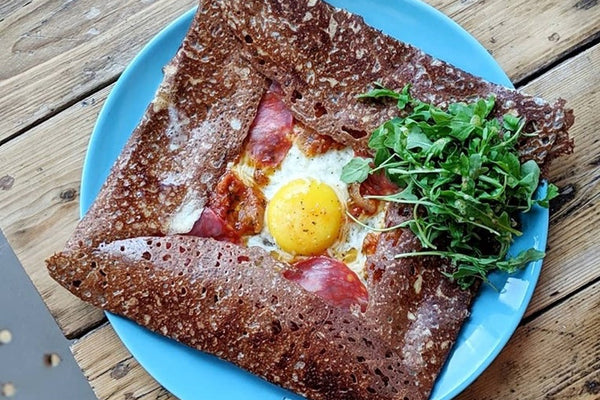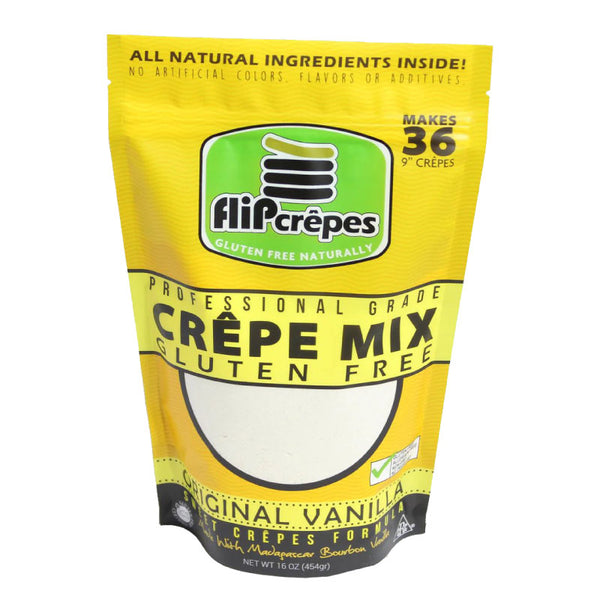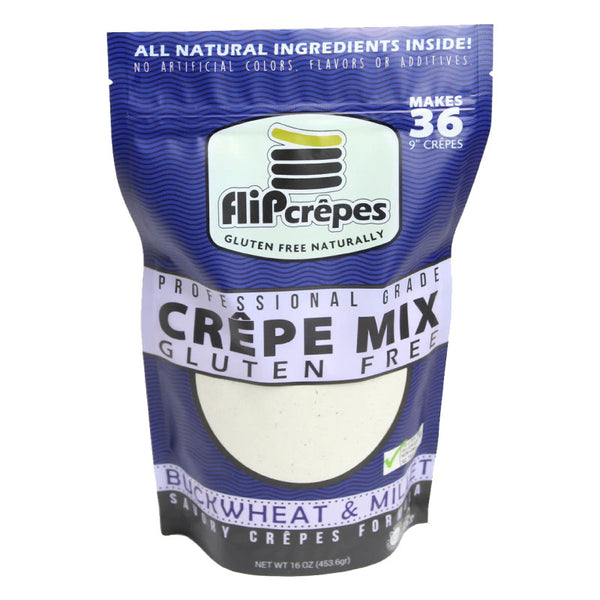Baking powder and baking soda are essential ingredients in the kitchen, but understanding the difference between them is crucial for achieving the perfect texture and rise in your baked goods. Both are leavening agents used to create gas bubbles in doughs and batters, but they have different chemical properties and react differently to other ingredients.
Baking soda, also known as sodium bicarbonate, produces carbon dioxide gas when mixed with an acidic ingredient like lemon juice, buttermilk, or sour cream. This gas expands under hot temperatures and causes baked goods to rise. In contrast, baking powder contains sodium bicarbonate, an acidifying agent, and a drying agent, which activate the baking powder when mixed with liquid. There are two types of baking powder - single-acting and double-acting, with the latter being the more popular choice for homemade baked goods.
Using the wrong leavening agent in a recipe can result in flat or inedible baked goods. Baking soda is best suited for recipes that require an acidic ingredient, such as cookies and muffins, while baking powder is ideal for cakes and bread. In some rare cases, recipes may require both baking soda and baking powder to neutralize the batter or dough.
It's also important to check the freshness of these ingredients before use, as they can lose their potency over time. To check freshness, a simple test can be performed. For baking powder, add 1 teaspoon of baking powder to a cup of hot tap water. If it bubbles and fizzes, it's still good to use. For baking soda, add 1/4 teaspoon of baking soda to 2 teaspoons of vinegar. If it bubbles and fizzes, it's still good to use. If there's no reaction, it's time to replace them.
In conclusion, using the correct leavening agent is crucial to achieving the desired texture and taste in baked goods. By understanding the difference between baking powder and baking soda, you can ensure your recipes turn out perfectly every time.
Sources & References:
-
American Chemical Society. (2019). Baking Powder Vs. Baking Soda: Chemical Differences. Retrieved from https://www.acs.org/content/acs/en/education/resources/highschool/chemmatters/past-issues/2019-2020/october-2019/baking-powder-vs-baking-soda.html
-
Joy of Baking. (2022). Baking Powder and Baking Soda. Retrieved from https://www.joyofbaking.com/bakingpowder.html
-
King Arthur Baking Company. (2022). Baking Powder Vs. Baking Soda. Retrieved from https://www.kingarthurbaking.com/blog/2018/09/19/baking-powder-vs-baking-soda
